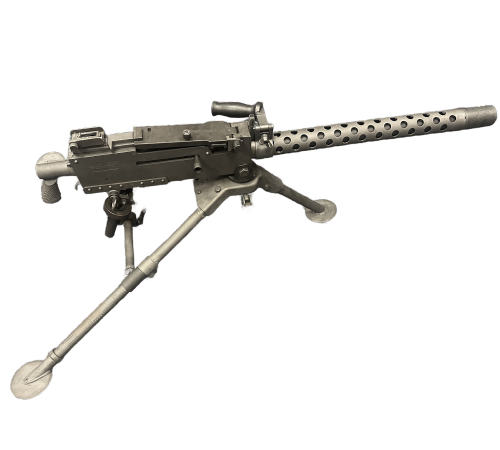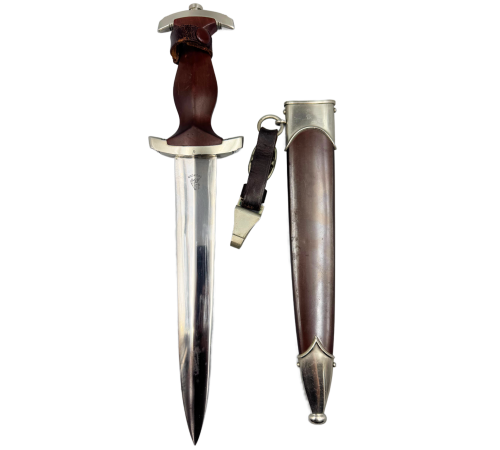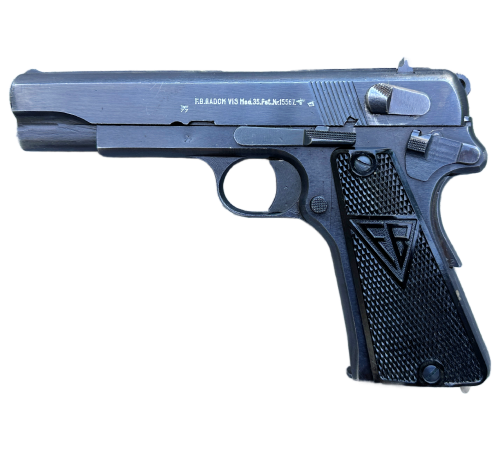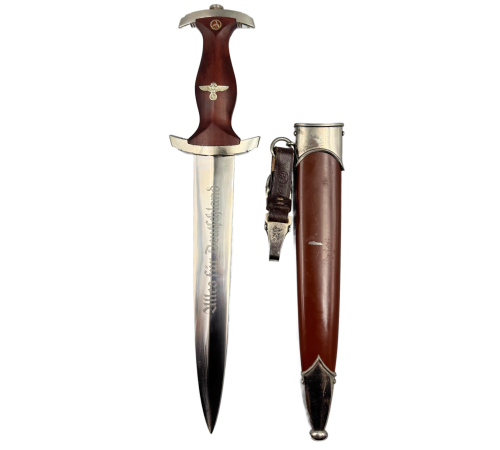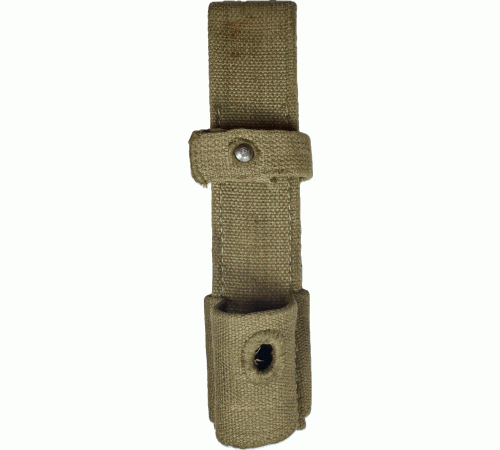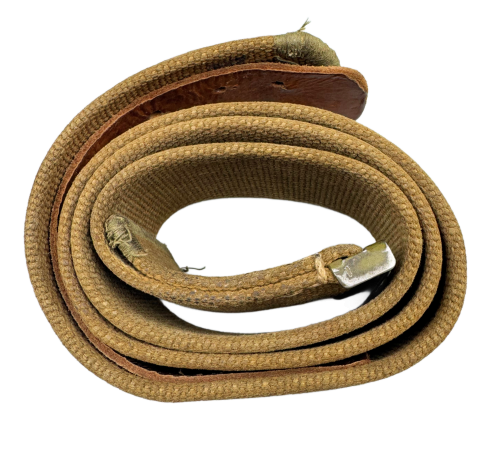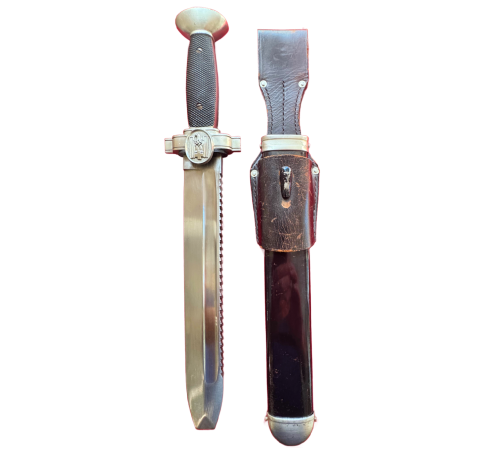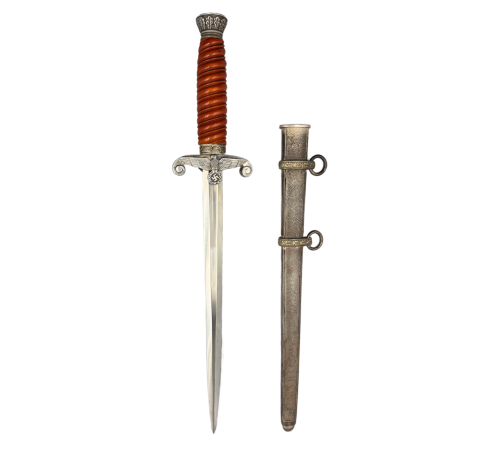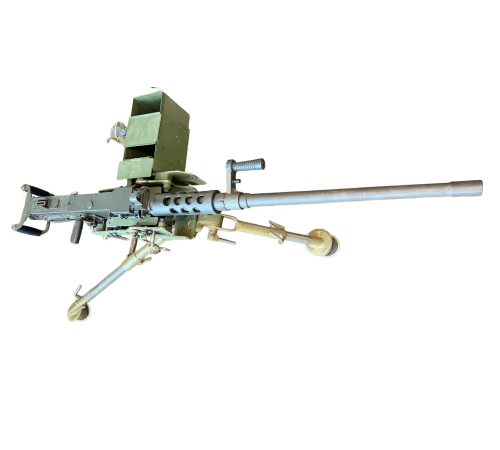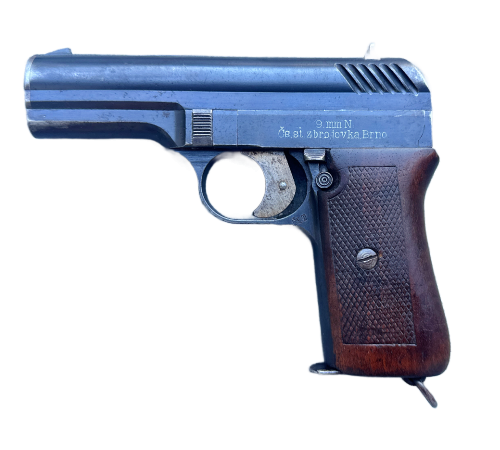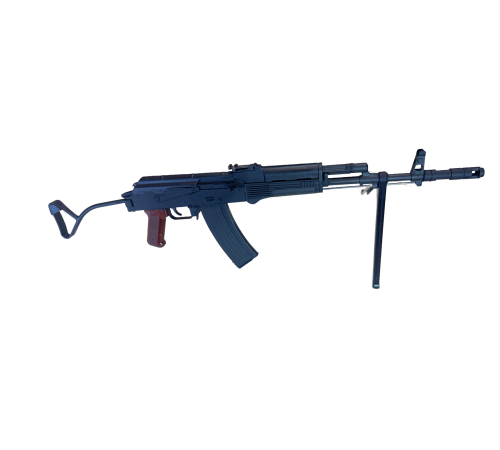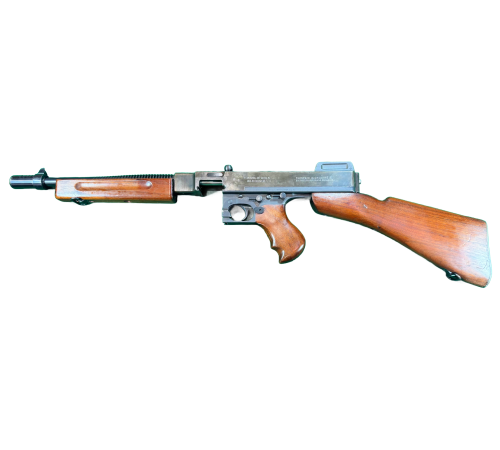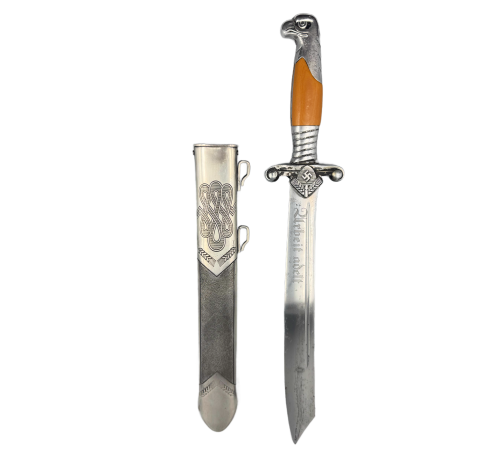WWII Nations
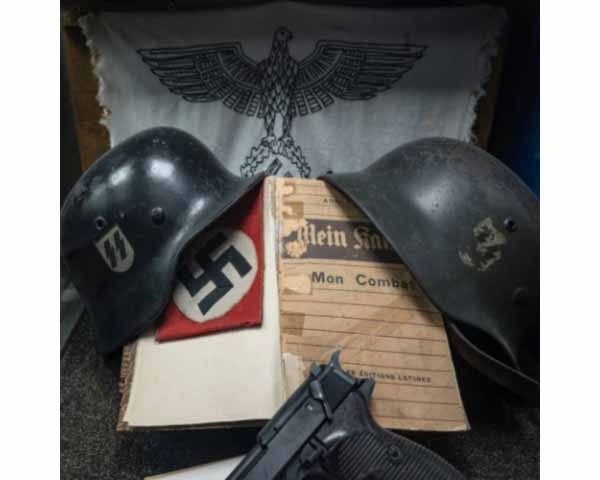
World War II Nations Overview
The Second World War lasted from 1939 until 1945 and became a worldwide battle that involved numerous countries which organized into two main opposing forces known as the Allies and the Axis Powers. Every nation in the world actively contributed to determine the war outcome through military operations and industrial output and diplomatic relations.
The Axis Powers
The Axis Powers pursued territorial growth while establishing authoritarian control over their regions. The three major Axis nations were:
Germany under Adolf Hitler launched the war by attacking Poland in 1939. Under the Nazi regime the country pursued military aggression and committed mass atrocities and organized genocide known as the Holocaust.
Benito Mussolini ruled Fascist Italy from the beginning of the war which joined the Axis and launched colonial attacks in Africa and Europe until switching sides in 1943.
Japan as an imperial power worked to control Asia and the Pacific region. The Japanese attack on Pearl Harbor in 1941 brought the United States into the conflict of World War II.
Hungary together with Romania, Bulgaria, Slovakia and the Japanese-controlled states of Vichy France and Manchukuo formed part of the Axis alliance.
The Allied Powers
Allied forces formed a coalition to fight against Axis aggression and defend their collective security interests. Major Allied nations included:
The United States joined the war in 1941 when Japan attacked Pearl Harbor. United States transformed into a worldwide industrial giant along with a powerful military force which delivered substantial assistance to operations across Europe and the Pacific theatre.
The Soviet Union became a key Eastern Front power when Germany invaded in 1941 while suffering immense losses and earning victories such as Stalingrad.
The United Kingdom led the fight against Nazi Germany since the beginning of the war and maintained essential roles in aerial and naval and ground operations throughout the conflict.
Since 1937 China fought against Japan and maintained its position as a vital force in the Asian theatre by keeping numerous Japanese troops occupied.
During German invasion in 1940 France experienced occupation until Charles de Gaulle established the Free French Forces which carried on the French resistance.
Canada joined with Australia and New Zealand as well as India and South Africa and Poland and Norway and Greece and Belgium and the Netherlands and Yugoslavia and Czechoslovakia to form the Allied nations which supplied troops along with resources and maintained government-in-exile organizations.
Neutral Nations
During the war period Switzerland along with Sweden Spain Portugal Turkey and Ireland declared their neutrality to the conflict. Neutral nations secretly offered assistance while simultaneously acting as diplomatic representatives.
Legacy
The global system changed after World War II when the United Nations formed while the United States and Soviet Union established themselves as superpowers. The war-time alliances and choices made by nations during World War II remain crucial factors which determine present-day international relations.
